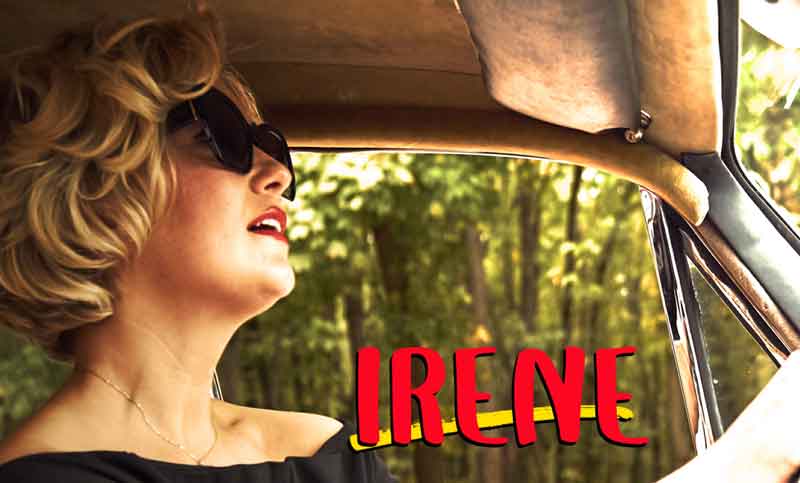CONTENTS
If you’re like me, however, the difference between a bouffant, poodle, and an Italian haircut for women escapes you entirely. Even after reading up on how they’re cut, layered, and styled I couldn’t tell you the difference.
It’s like that moment in The Devil Wears Prada when Andi rightly scoffs at people raving over the difference in color between two identical belts. (They’re identical, I tell you, identical!)
The Italian Cut
When creating the world that Irene Carson was going to inhabit, and having some fabulous cover art that immediately became Irene in my mind, I did some deep and often fun dives into fashion. For example, what’s the name of the haircut the woman in the cover art above is rocking?
It’s called the Italian Cut. Why “Italian”? Because among the first to wear it was Sophia Loren and other stars in Italian cinema. Dorothy Dandridge, Jacqueline Bouvier, Gina Lollobrigida, Audrey Hepburn, Grace Kelly – they all wore the Italian Cut. Depending on a few simple tweaks, it can run the gamut from classy to sultry. For me, this portrait of Elizabeth Taylor shows the iconic version.
Here’s a 1955 ad for Toni lipstick that has an Italian hair cut, plus cat’s eye sunglasses, which were all the rage then and are still very popular today. Irene acquires a pair.
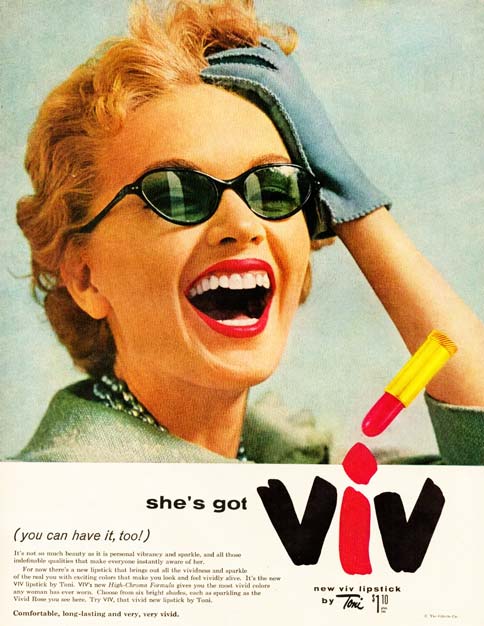
FYI, $1.10 for a tube of lipstick was pricey. For example, $1.10 could have instead bought a Blue Plate Special meatloaf dinner with change left for a 20% tip and a gallon of gas. It was the 1950s and it was spend, baby, spend. Keeping up with The Joneses was in full swing.
Rabbit Hole Fun Fact about Eyewear
Interesting fact – did you know that the early 1950s revolutionized eyewear? One simple change made all the difference not just to how they looked, but how well they performed: the hinge was moved from the middle of the lens to the top. That’s it. This tiny design alteration brought the top of the lens closer to the eye than the bottom, and it improves the overall functionality of the magnification for the wearer.
Also, cute cat’s eye glasses, etc.
The Juliet Cap
They’re named after the style of hat that was worn often during productions of Romeo and Juliet, apparently. In 1910 they looked like this.
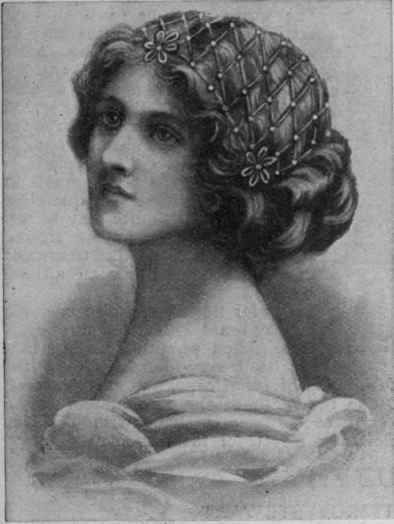
In the 1950s, the Juliet met up with the French beret, got saucy with the Half Hat, and definitely fraternized with the Fascinator. Stylish and very fashion forward, this style of hat could be worn to the side, creating a rakish, eye-catching appeal.
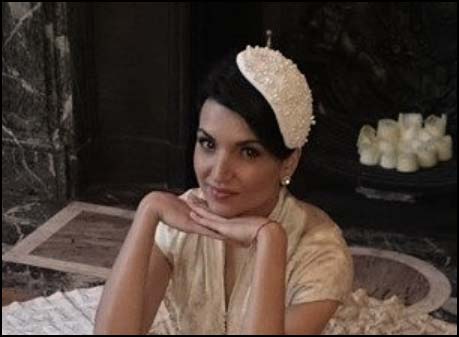
The Car
I’m not a car enthusiast, though I will always take a long look at a vintage car and say, “Sweet ride!” After a lot of searching for the right vehicle to change Irene’s life, I came up with this immediate post-World War II (or as Irene calls it, “the War”) 1949 Packard. Streamlined “rocket” design – and check out the front grill with matching detailed back bumper.
It had no power steering or power brakes or power windows or power anything, but it had optional air conditioning and push-button radio tuning. Sweet ride!
This photo features the driver’s wind wing slightly ajar. That’s the front portion of the side window that could be cracked open without having to crank down the entire window. It adjusted easily from “a little bit” to “full blast.” Back in the day, wind wings and 55 miles per hour was the only air conditioning we had.
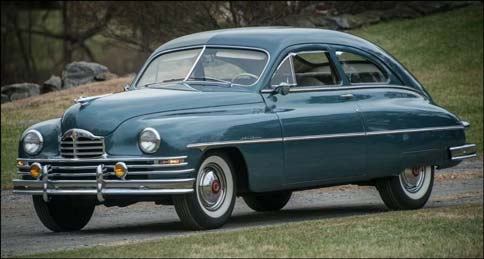
Take a Peek into Wind in Her Hair
All of these 1950s artifacts are referred to in Wind in Her Hair, along with the exciting new home-delivered Avon Cosmetics and humidity resistant Aqua Net hairspray – the hairspray that made the 1960s bouffant possible.
Read the first chapter of Wind in Her Hair
Curious about the two styles of romance popular in the 1950s?

